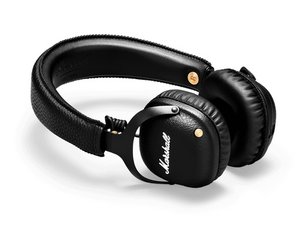Hi @gizatm ,
You could just try not charging it for too long.
You should know by now from the original battery how long it takes to charge from various levels of remaining charge e.g. perhaps 2-3 hours 3-4 hours?
If you use a timer (phone, clock whatever)and charge your new battery with the original charger for no longer than the time it took before to charge the battery. Do not use a charger that has increased charging capability. i.e. no fast charge
The first time you do this leave the battery accessible so that you can feel the battery case temp and also view the amount of charge indication if there.
If it is warm that is OK if it is hot reduce the charge time.
Once you have figured out the charging time you should be able to continue to recharge it for the same amount of time (assuming from the same discharge state) every time without a problem.
Just remember to use a timer every time and DO NOT FORGET to turn off the charger at the end of the time or to leave it on unattended (alarm and charger within earshot etc).
I do this with two of my devices with no problems.
It is a bit of a "manual"charge rather than an "automatic" (or set and forget) charge as you have to remain aware that it is charging and also be there at the end of the charge time, but hey I've regained the use of two of my devices.
I suppose that you could connect the charging adapter to the wall outlet via a timer that shuts off the power to the charger if you wish. That would make it more automatic, but it would have to be accurate. I've a couple of electro mechanical timers that plug into the wall outlet and you plug into them for timed power that don't switch off on time, they extend the "off" time by up to 15 minutes past the off time so I don't trust them for this
If it doesn't start to charge connect a 10K Ohm resistor between the Earth connection on the pcb (or the -ve leg of the battery) and the NTC terminal on the pcb and check if it starts to charge




 3
3  2
2 
 2.4mil
2.4mil 